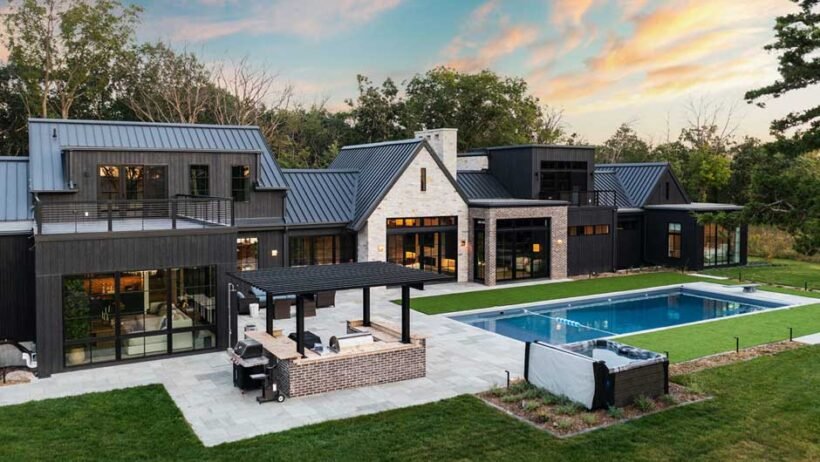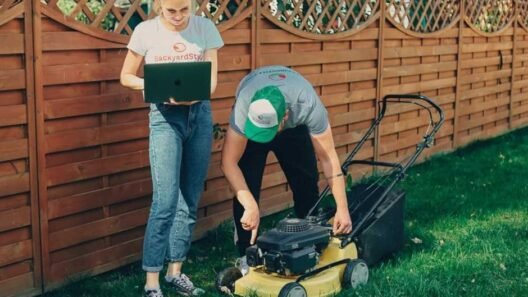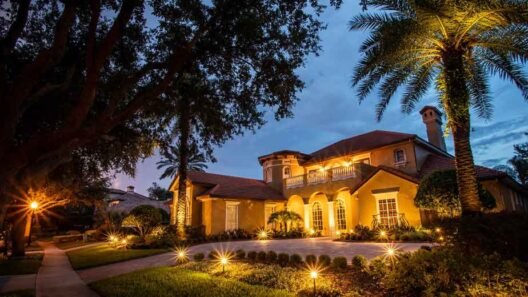How can the right siding choice transform a home’s appearance while defending it from the elements year after year? With modern innovations, homeowners now have options that balance cost, beauty, and durability. Let’s explore how the right siding choices can elevate architectural appeal across different home styles and climates.
1. Options That Match Architectural Design
Every architectural style demands a distinct exterior treatment. Modern exterior siding solutions, for instance, adapt seamlessly to diverse designs ranging from minimalist urban homes to classic craftsman cottages. Fiber cement and metal panels complement contemporary lines, while wood and engineered wood add warmth to traditional exteriors. The key is to choose a material that emphasizes the home’s unique geometry and tone.
Details such as texture, width, and color help tie the siding to the home’s design identity. Smooth finishes suit modern designs, while shiplap and bevel edges enhance rustic or farmhouse aesthetics. Some materials, like fiber cement, can even imitate wood grain or stone.
2. Climate Compatibility and Weather Resistance
Regional climate plays a crucial role in determining the best siding material. Homes in humid or coastal areas benefit from fiber cement or vinyl, both known for resisting moisture and decay. In colder climates, insulated vinyl or engineered wood helps maintain warmth and prevent cracking. Metal siding works well in dry, windy zones due to its fire resistance and toughness.
Siding durability depends on its ability to handle heat, rain, wind, and sunlight. Fiber cement remains stable under temperature shifts, while vinyl maintains color without fading. Proper installation and sealing further protect against water intrusion. Selecting material that suits the local environment ensures long-term performance with fewer repairs.
3. Installation Efficiency and Project Timelines
Ease of installation influences both cost and project duration. Vinyl and engineered wood siding are lightweight, allowing faster setup with minimal labor. Fiber cement takes longer to install due to its density, but offers superior longevity once placed. Metal panels, though heavier, provide consistent coverage that reduces the need for frequent adjustments.
Factors That Affect Installation Speed
- Weight and size of the material
- Roofline complexity and wall design
- Labor expertise and preparation time
- Local weather during installation
Efficient installation reduces disruption and helps homeowners stay within budget. Working with professional installers ensures precision and proper sealing for lasting results. Their expertise also minimizes future maintenance needs, ensuring the covering performs reliably for many years.
4. Maintenance and Long-Term Care Requirements
Maintenance expectations vary widely among siding types. Vinyl requires only occasional cleaning, while untreated wood needs regular sealing to prevent damage from moisture and insects. Fiber cement falls in the middle, requiring minimal upkeep and repainting every decade or so. Engineered wood, prefinished with protective coatings, offers the beauty of natural wood without demanding frequent attention.
Low-maintenance siding saves both time and expense over the years. Metal siding, for example, retains its color and strength with minimal cleaning. Each material’s maintenance level directly affects its lifetime cost and convenience. Prioritizing durability and easy care ensures the exterior remains attractive and efficient for decades.
Modern siding materials have redefined how homes balance design and durability. With modern exterior siding solutions, homeowners can achieve a durable, efficient, and beautiful finish that complements every architectural style. From easy-maintenance vinyl to timeless fiber cement, each option offers unique strengths. A thoughtful choice ensures enduring protection and a polished appearance that enhances any home’s character.








